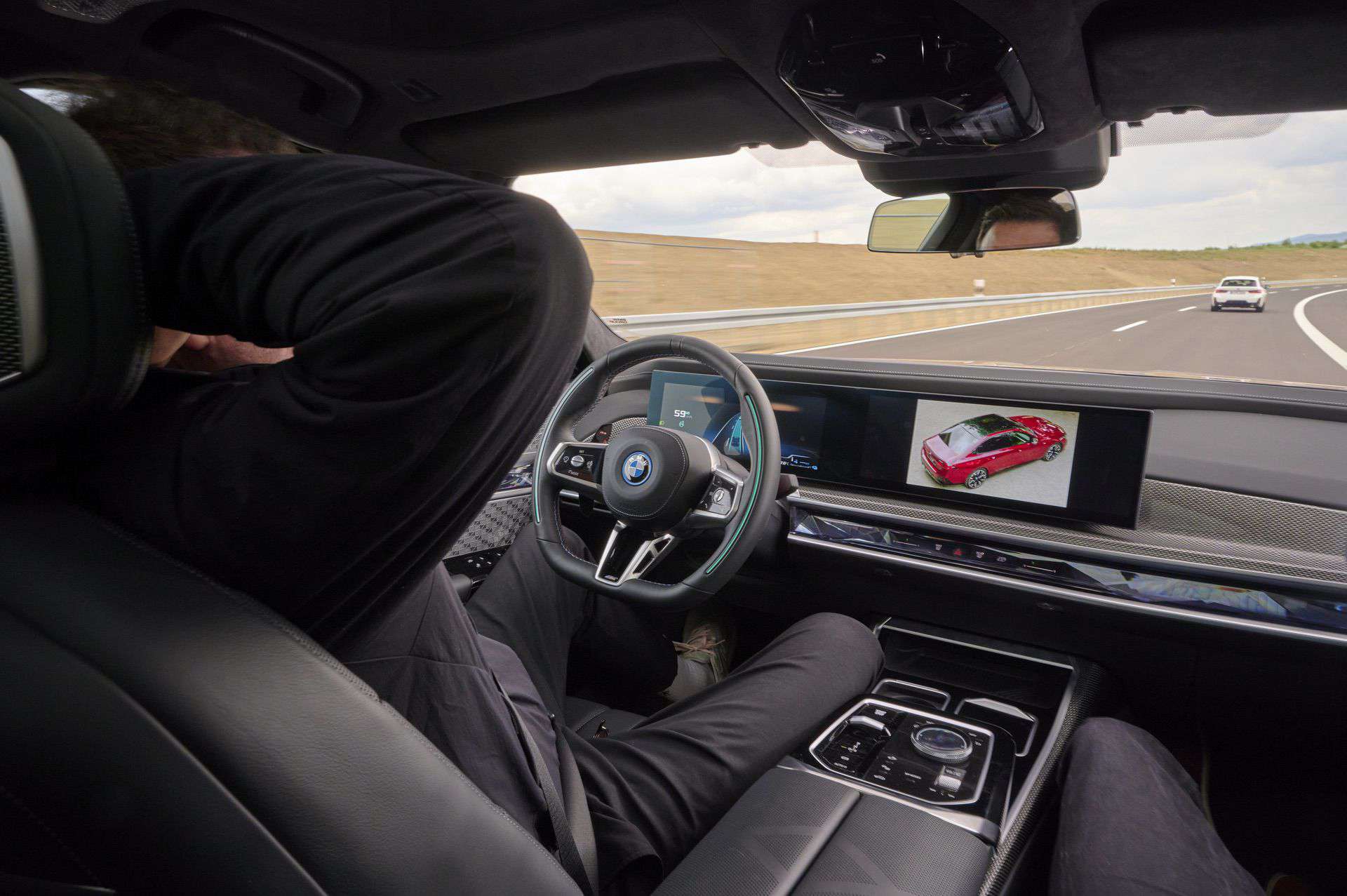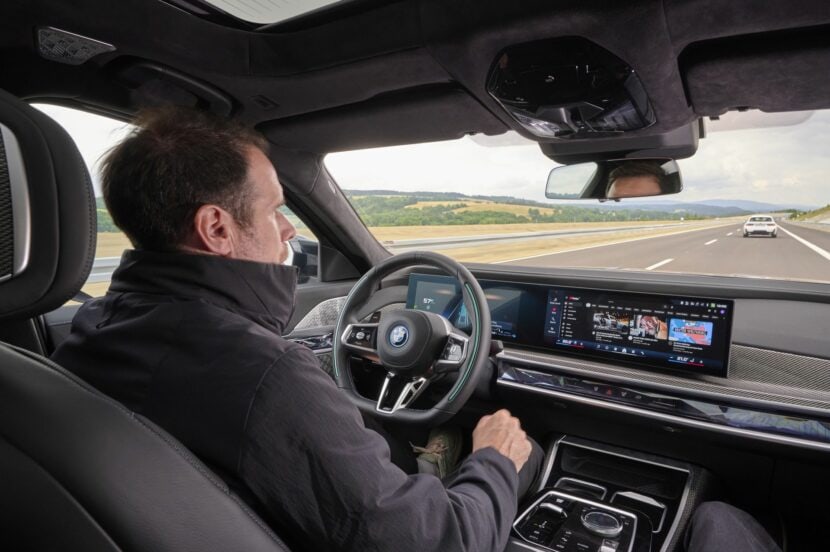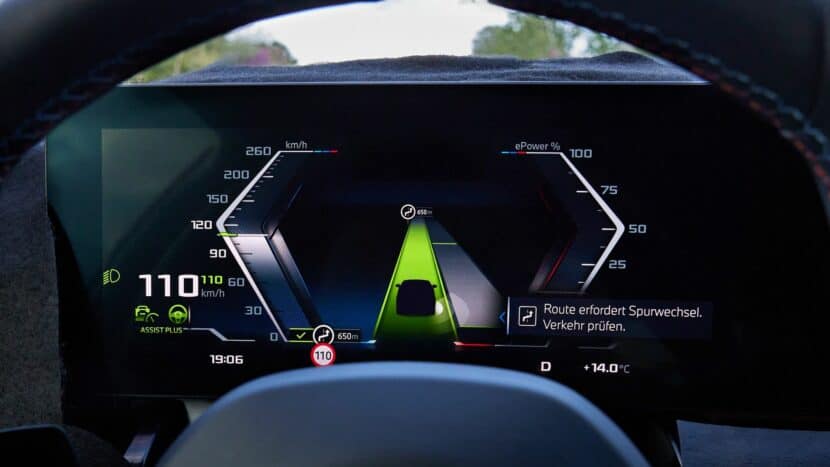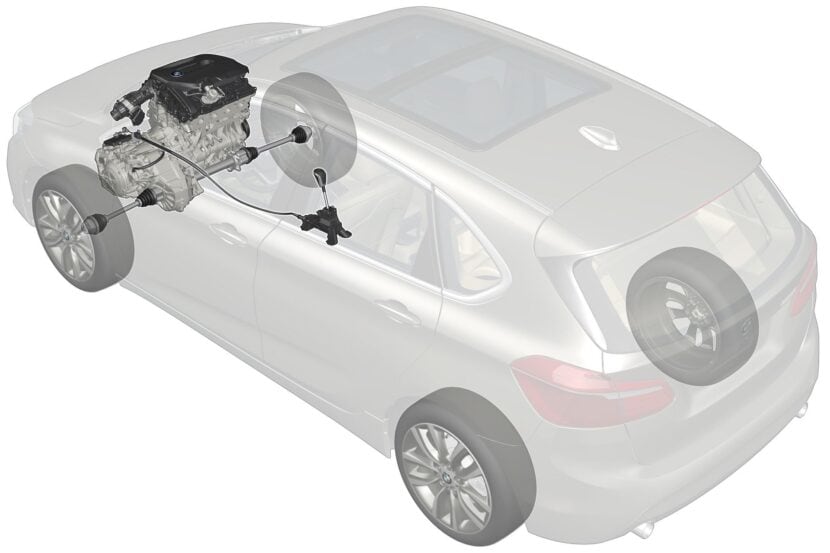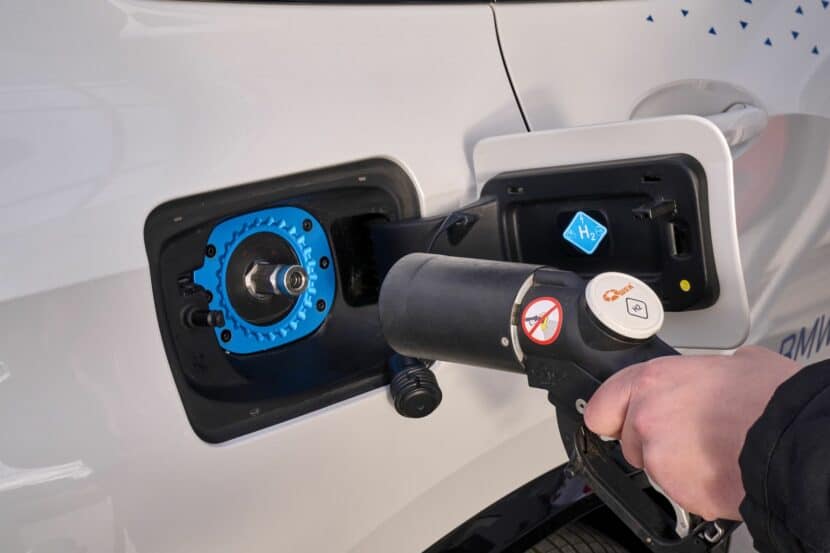The new BMW 7 Series has achieved a significant milestone this week by obtaining approval from the Federal Motor Transport Authority for autonomous driving at speeds of up to 60 km/h on motorways. This breakthrough primarily pertains to situations involving traffic jams and slow-moving traffic, where the vehicle assumes responsibility, thus attaining level 3 autonomy.
So what’s Level 3, you might ask?
In these circumstances, the driver is permitted to divert their attention to activities such as checking their smartphone, reading messages, responding to emails, or even perusing a newspaper. As long as the vehicle remains below the 60 km/h threshold or issues a warning prompting driver intervention, neither the driver’s active involvement nor undivided attention is necessary. We recently tested the Level 3 in the BMW 7 Series in Sokolov, Czech Republic.
Nicolai Martin, VP of Driving Experience, has confirmed to Handelsblatt that the necessary approval from the KBA (German Federal Motor Transport Authority) has been granted, paving the way for this system to enter mass production before the end of 2023. According to the German outlet, Level 3 also means that liability in the event of an accident shifts to the vehicle itself. BMW will allegedly assumes responsibility for any resultant damages. A similar system is currently only available from Mercedes-Benz, offering a comparable traffic jam pilot at Level 3 autonomy.
To ensure accidents are virtually impossible, the inclusion of expensive lidar sensors is required, resulting in a several-thousand-euro premium for the necessary special equipment. It’s evident that the current speed limit of 60 km/h represents an interim step, with future plans to enable these systems to operate at higher speeds.
The expectations are that in a few years Level 3 will be available at speeds up to 130 km/h. If you’re looking at the German market specifically, a 60 km/h cruise on the Autobahn is not feasible. We also asked Martin in a recent interview whether Level 3 will come to other markets, like the US. “We don’t have the pressure to roll out Level 3 to all regions as fast as possible because we have a very attractive, convenient offer with that Highway System,” Martin told us.
Level 2+ in the new BMW 5 Series
Currently, BMW offers Level 2+ support for higher speeds, up to 130 km/h, although the driver retains responsibility in this scenario. This system is debuting in the new BMW 5 Series (G60) and i5. The technology, which also allows for lane changes triggered by looking into the side mirrors, is presently exclusive to the 5 Series. The technology is expected to expand to the 7 Series and other models in the near future, although a specific timeline remains uncertain.
What’s Next For BMW ADAS?
According to Martin, BMW aims to create a seamless transition between self-driving and automated driving. One of the key challenges lies in transferring responsibility between humans and machines. Similar to conventional driver assistance features like parking assistance, the car actively offers the traffic jam pilot when appropriate conditions are met. The steering wheel retracts, and the car takes control.
When the system is ready to hand back control to the driver, warning signals are issued, the steering wheel illuminates, and it moves forward once more. The system provides the driver with a ten-second window to regain control. From a psychological perspective, this timeframe is sufficient for the driver to disengage from a video or conversation and refocus on traffic.
Martin also told us that they are already looking into Level 4, or at least Level 3+, for the foreseeable future. “Level 4 autonomy on the highway offers exciting prospects,” says Martin. “It is designed to handle specific, challenging situations, such as sudden construction zones with narrower lanes, emergencies, or even pop-up concerts,” he adds. “While Level 3 systems are more straightforward, Level 4 promises to tackle these scenarios with ease.”
[Via Bimmertoday]


